Smart Scarecrows Stop Wildlife Crop Damage
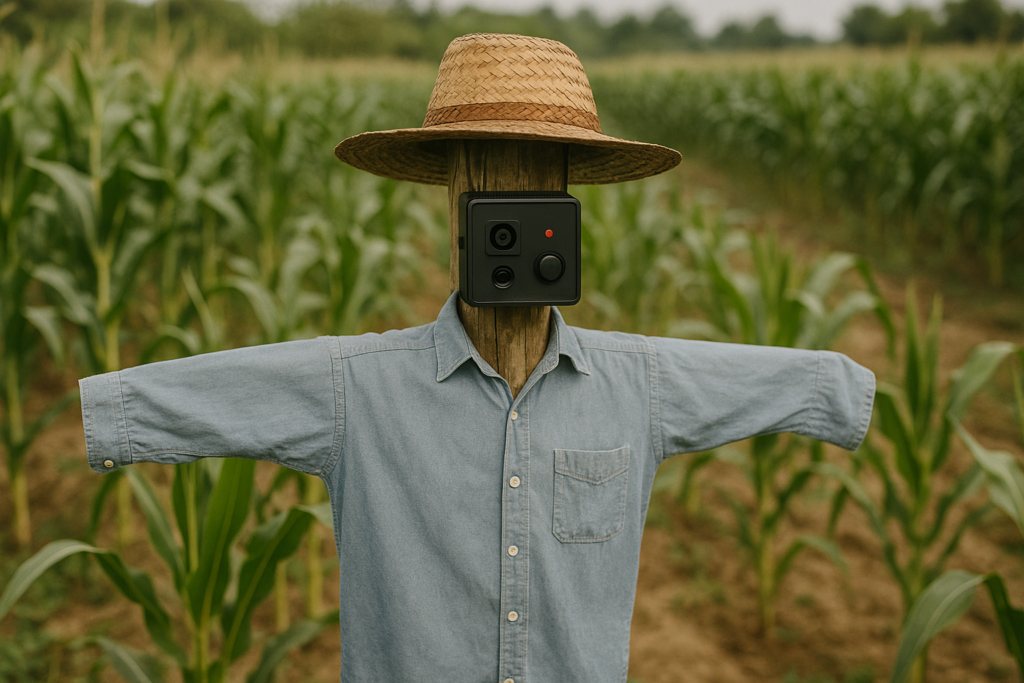
A multi tech lifeline is shaping up across Africa’s farms where animals and crops share the struggle against climate and hunger. From Kenya’s maize fields to Uganda’s grazing plains, small innovations are making big differences. One example is the smart scarecrow that quietly watches over fields. Using simple object detection, it alerts and deters wandering animals like elephants and baboons before they raid crops. Farmers say it reduces losses and eases conflict with wildlife. The fields stay safe, the animals unharmed, and families find a little more peace knowing technology is standing guard each day.
Solar Pumps Keep Animals Hydrated Even in Drought
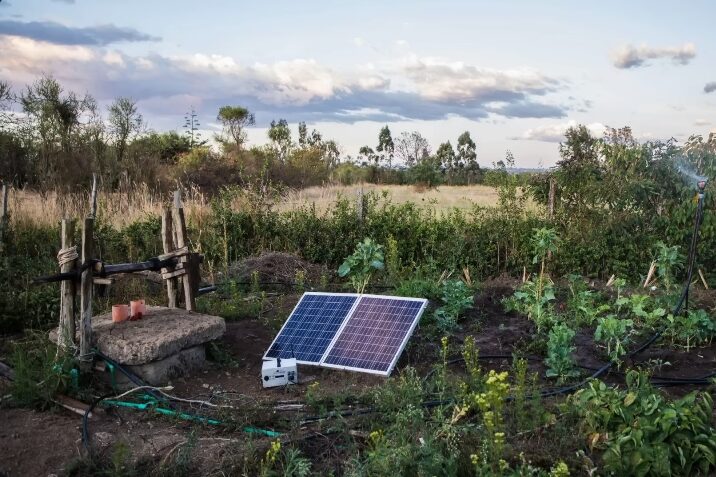
Drought can stretch farmers to their limits, leaving both crops and animals at risk. In Kenya’s Garissa region, solar powered irrigation pumps are becoming a quiet savior. By tapping the sun, these systems provide steady water for both fields and herds even during the driest seasons. Cattle and camels that once walked miles for water now drink close to home, reducing stress and losses. The crops get the moisture they need and farmers gain a chance at stability. What once felt like despair now feels like hope flowing through simple solar powered pipes.
Solar Market Gardens Pair Food and Feed
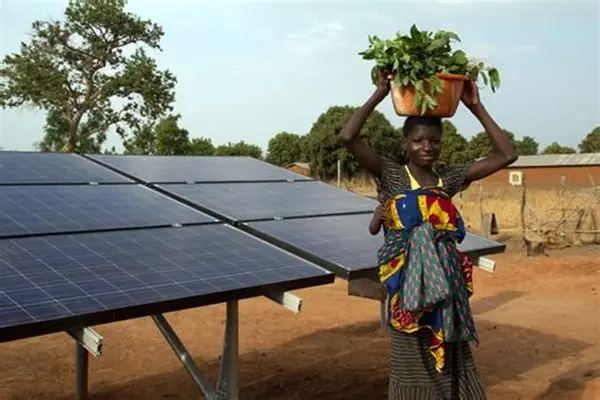
In Benin, a creative approach called Solar Market Gardens shows how a single idea can serve both families and livestock. With solar drip irrigation, small plots produce vegetables like peppers and tomatoes while also growing fodder for goats and chickens. The gardens supply fresh nutrition for households and animal feed that strengthens herds. Farmers describe it as doubling the harvest without doubling the land. What used to be bare soil in arid zones now shines green with food and feed. This model proves that with sunlight and planning, resilience grows right alongside crops.
Insects Feed Animals Not Waste
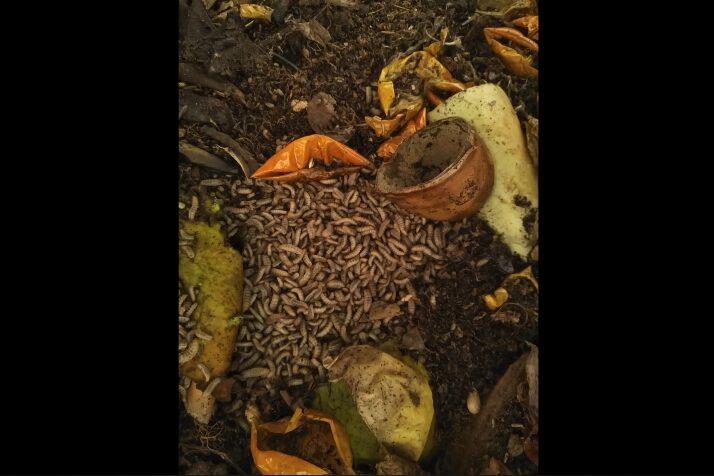
What once seemed like waste is now turning into nourishment. In southeastern Zimbabwe, farmers facing drought began raising black soldier fly larvae to recycle food scraps. These small insects transform leftovers into rich protein that goats and poultry thrive on. Feed costs that once strained households are now cut down, leaving farmers with healthier animals and lighter expenses. Chickens grow stronger, goats fatten faster, and the environment benefits from less waste. A practice that started as survival is now becoming a proud solution. It is proof that even the smallest creatures can bring big change.
Push Pull Pest Control Supports Crops and Fodder
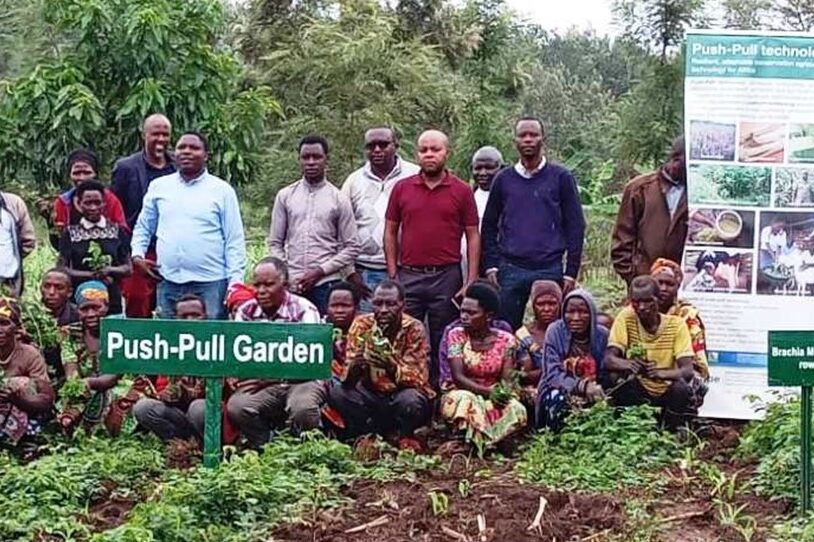
Farmers in Kenya and Uganda have found that clever planting can defend their maize while feeding their animals. The push pull method uses Desmodium plants that repel pests and trap grasses that lure them away. It means fewer stemborers, healthier maize, and extra fodder for livestock. Families now enjoy better harvests and stronger herds without heavy reliance on pesticides. The system doubles income opportunities and reduces risk. What makes it even more valuable is that it costs little but gives plenty. By working with nature, farmers protect both crops and animals in one thoughtful move.
AI Tools Help Balance Farm Nutrition
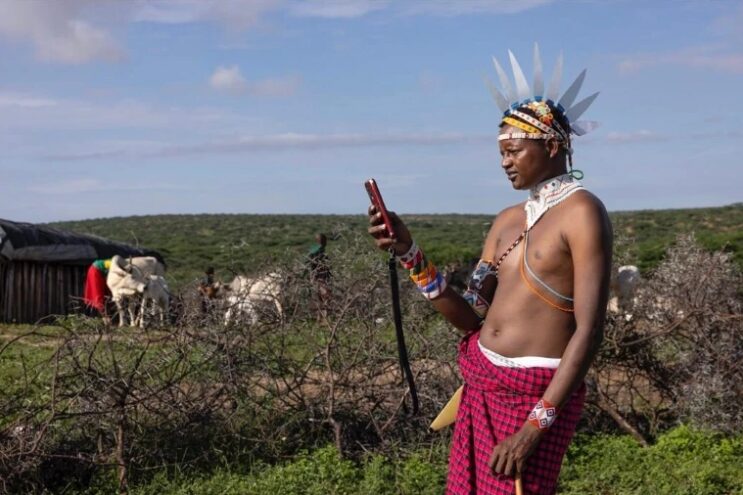
Nutrition is not only about what people eat but also about what animals feed on. In Kenya’s highlands, smallholder farmers are using AI apps that scan crops for pests and nutrient needs. By adjusting fertilizer and care early, they ensure healthier maize and fodder crops. The result is stronger yields and better quality feed for cattle and goats. Farmers say it feels like having an agronomist in their pocket guiding daily choices. Technology once out of reach now sits in simple smartphones helping balance farm nutrition from soil to feed to milk.
Solar Pumps Lift Incomes and Food Security
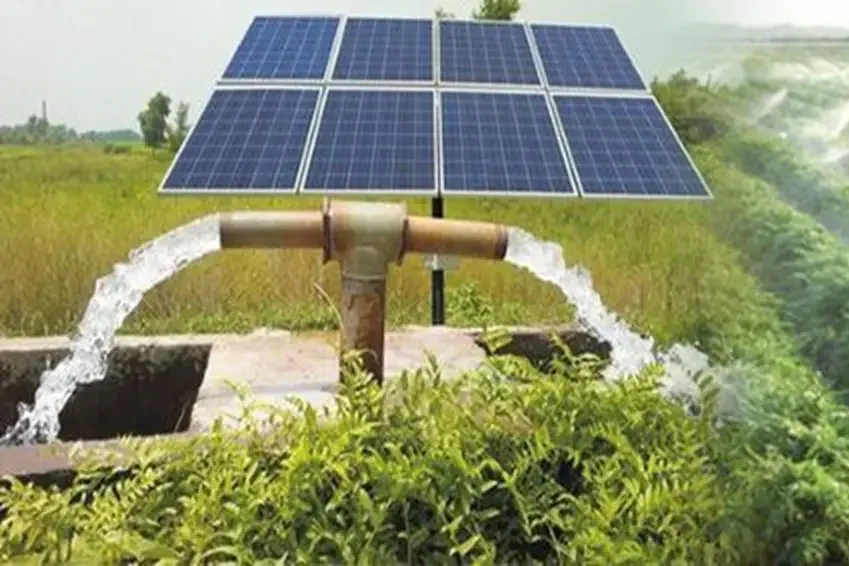
In Ethiopia’s Rift Valley, solar powered pumps are more than a source of water. They are the spark that turns small farms into thriving ventures. With steady irrigation, farmers grow vegetables and cereals even in unpredictable weather. Families eat more varied diets while selling extra harvests at markets. The income flows back into livestock care, from buying fodder to better veterinary support. It becomes a cycle where crops feed animals and animals sustain families. What was once survival farming now feels like a growing enterprise powered simply by sun and determination.
UAVs and Sensors Keep Herds Healthy

Livestock health has always been a guessing game for many farmers, but new tools are shifting that balance. Drones hover above fields tracking grazing patterns while RFID tags record weight and movement. Farmers now spot illness before it spreads and manage pastures with clarity. Losses that once seemed unavoidable are now preventable. It is no longer about chasing herds blindly but about understanding them through data. These tools save time, reduce risk, and keep herds healthier. Farmers say it feels like having invisible eyes that quietly watch over their animals day and night.
Solar Shade Grazing Offers Double Use
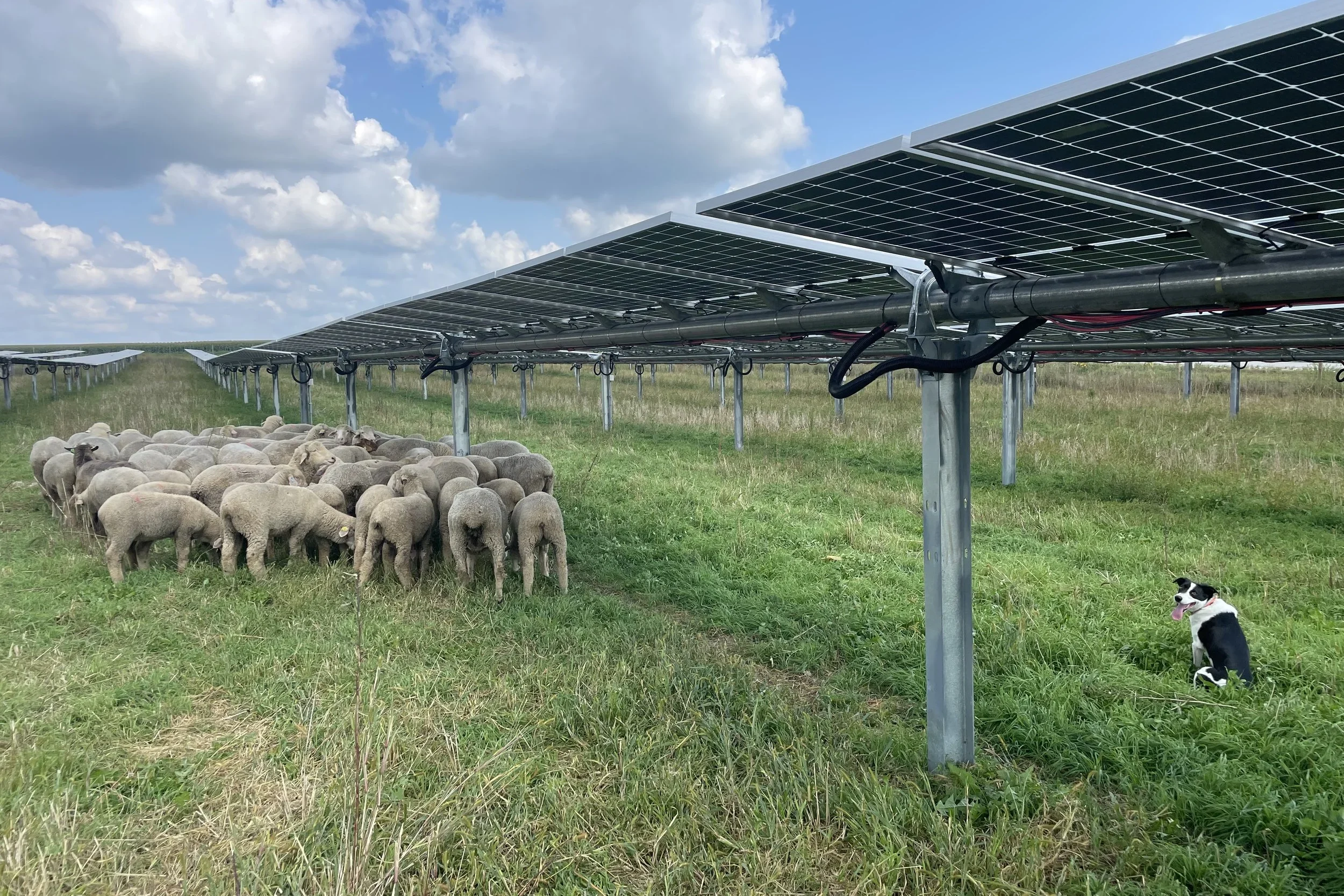
Imagine solar panels not just as power plants but as grazing shelters. Across Africa, agrivoltaic systems are doing just that. Raised panels create cool patches where sheep and cows rest while grass beneath stays fresh. Farmers harvest clean electricity while animals graze with comfort. Pastures stay greener, and panels require less maintenance thanks to natural grazing. It is a double win on the same land, offering energy and food security at once. This kind of dual use shows how farms can stretch their resources without stretching the earth too thin.
AI Weather Forecasting Prevents Livestock Stress
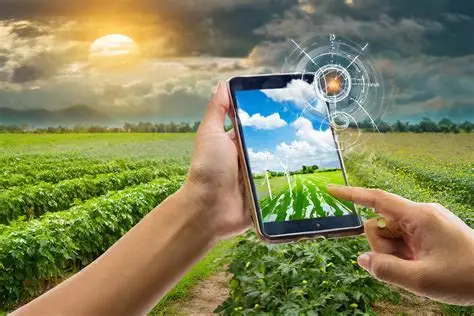
Weather once felt like an unpredictable gamble, leaving farmers exposed to sudden loss. Today AI powered forecasts give them timely alerts about heatwaves, storms, or droughts. With that knowledge, farmers adjust planting schedules and prepare shelters for animals. Fodder crops are planted at the right time, and herds are moved before stress takes hold. Communities say it replaces fear with readiness. By listening to the signals of science, they protect both fields and herds. It is not just prediction, it is preparation, and it quietly secures tomorrow’s harvest and health.
This story How Smart Agri‑Tech Is Saving Animals and Crops Across Africa was first published on Daily FETCH


